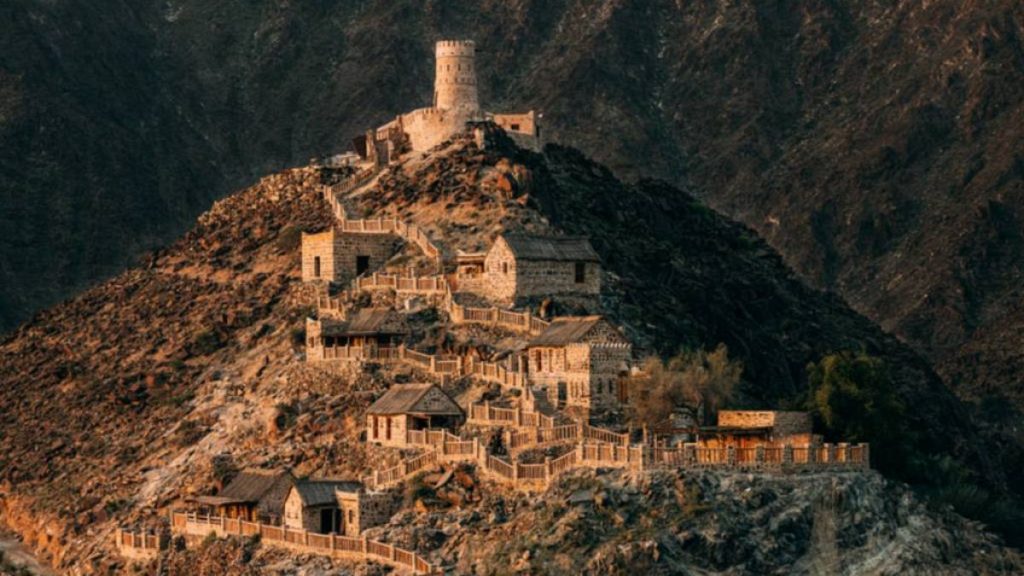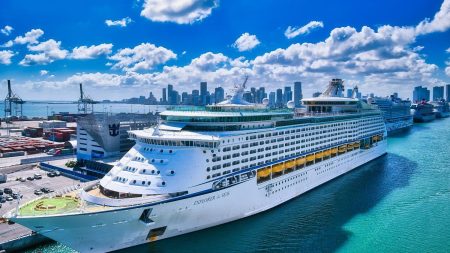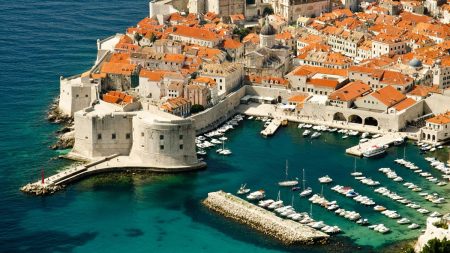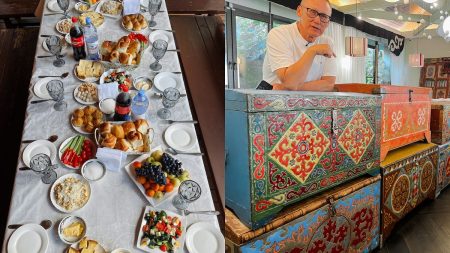Sharjah, the third-largest emirate in the UAE, stands out as the cultural heart of the nation, juxtaposing the shimmering modernity of its neighboring emirates. With its commitment to preserving and promoting authentic Arabian heritage, it offers a striking contrast to the more commercialized facets of Dubai and Abu Dhabi. According to Khalid Jasim Al Midfa, Chairman of the Sharjah Commerce and Tourism Development Authority, this diversity among the emirates presents a unique cultural tapestry: “The beauty of the United Arab Emirates is we are seven completely different emirates, but we share the same values in terms of culture, history, safety, and security.” Sharjah’s landscape features a rich tapestry extending from the Arabian Gulf to the Hajar Mountains, capturing the essence of the region’s traditions. Officially recognized as a UNESCO Creative City for Crafts and Folk Art in 2019, Sharjah serves as a living museum, highlighting traditional crafts, festivals, and historical sites to create an immersive cultural experience for residents and visitors alike.
The UNESCO designation underscores Sharjah’s earnest commitment to safeguarding its heritage as a means of injecting cultural vibrancy into contemporary society. Jasim Al Midfa emphasizes that the emirate’s cultural identity, including both tangible and intangible nuances, is a vital asset that must be preserved. As part of this initiative, the annual Sharjah Heritage Days festival plays a pivotal role in connecting past and present through demonstrations of traditional crafts like weaving and calligraphy. Furthermore, the Sharjah Art Foundation provides an avenue for artists and visitors to engage directly with Emirati arts and crafts, ensuring that these cultural practices endure through workshops led by experienced artisans. Local legislation has also been established, such as the Emiri Decree No. 5 in 2017, which aligns with international preservation standards and supports the development of Sharjah’s heritage sector. Expectations for regional craftspeople are elevated, ensuring their significant presence in Sharjah’s broader tourism landscape.
Exploring Sharjah’s extensive historical sites offers additional insights into the emirate’s cultural richness. One of the most significant heritage projects is the proposed UNESCO World Heritage Site at Mleiha, home to fossils that date back nearly 90 million years, providing vital links to the natural history of the Arabian Peninsula. The Mleiha Archaeological Centre also unearths artifacts that span from the Stone Age to pre-Islamic periods, tracing the area’s long-standing tradition of civilization. As visitors stroll through Mleiha, they encounter ancient tombs and mud-brick houses, which serve as testaments to a rich history. The landscape, characterized by rolling red sand dunes, transforms Mleiha into a popular desert adventure site, where activities like off-road buggy racing coexist with the remnants of yesteryears.
Sharjah’s cultural offerings extend beyond historical sites and crafts to bustling events that showcase local traditions. The annual Sharjah Heritage Days festival illustrates this concept by transforming historical neighborhoods into interactive environments where artisans demonstrate traditional skills, enabling a hands-on experience of Emirati craftsmanship. Additionally, the Sharjah International Book Fair, one of the largest literary events worldwide, attracts over a million visitors. This festival emphasizes the emirate’s commitment to arts, literacy, and cultural exchanges, hosting various literary talks and workshops that further enrich public understanding of diverse cultural narratives.
The preservation of Sharjah’s quality arts, culture, and heritage goes beyond celebrations; it is integrally weaved into policy and educational frameworks aimed at fostering a nurturing environment for Emirati heritage. According to Jasim Al Midfa, there is a collaborative spirit among government bodies and private institutions that works toward strategic goals focused on cultural preservation. Chief among these is the Sharjah Art Foundation, which offers workshops and exhibitions in traditional crafts, cultivating intergenerational dialogue and ensuring the continuation of skills that bridge traditional practices with contemporary contexts. This commitment results in a vibrant cultural ecosystem where heritage is continuously taught and experienced.
Ultimately, Sharjah presents a unique cultural landscape where heritage is not merely an abstract concept but an integral aspect of daily life. In the old souqs, one might find artisans skilled in Arabic calligraphy or learn traditional pearl-diving techniques, vividly illustrating the living pulse of Emirati heritage. Jasim Al Midfa notes the importance of these interactions: “In the old Souq of Sharjah, they teach you how to write your name in Arabic; you’ll feel that you learnt something, and you’ll never forget that.” The emirate enriches the experience of its visitors by inviting them to engage with various facets of its multifaceted identity—where modern and traditional coexist harmoniously, creating a culturally vibrant tapestry that welcomes exploration and appreciation of its historic layers. Through its dedication to preserving its culture, Sharjah remains an essential and interactive destination within the UAE, offering unique insights into its rich heritage.














